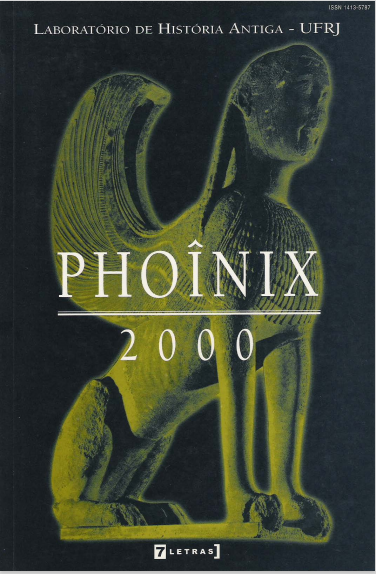UNE INSCRIPTION ROMAINE TARDIVE PAÍENNE DE REMESIANA (PROVINCE DE DACIA MEDITERRANEA)
Résumé
My paper begins with a briefsurvey ofthe history and the archaeological remains of the Roman settlement at Remesiana (east Moesia Superior, later Dada Mediterranea). Remesiana was situated on the military road that connected Naissus and Serdica and led further to Byzantium - Constantinople. As such itfigures in the Itinerarium Antonini and the Tabula Peutingeriana. Remesianá became an important bishopric in the early 5th century A.D., thanks to the activities of the famous bishop Niceta (366-414 A.D.). Indeed, lhe site itself has unearthed notable traces of Christian life. Surprisingly enough, a late pagan inscription (a [?] funerary slab, h. 52cm, w. J 29 em, th. 3 cm) has been recently discovered at Remesiana. 1treads: Taurinianus ex tri /bunis et martialis sa(cerdos) / cum Iovinio or -iano) (bito) filio. Epigraphic features (the absence of gentilicia; the abbreviation; n the expression ex tribunis; forms of A and L) indicate a late dating, probably in the second half of the fourth century. 011 the other hand, the inscription must have been erected by a pagan; Taurinianus ' til/e of Mars' sacerdos (1.2 excludes, practically speaking, the altemative of qualifying MARTIALIS as the cognomen of another dedicatory) is eloquent, and the omission ofthe cross at the beginning of the text points in the same direction. With regard to Taurinianus ' military post, and the "martial" nature of his sacerdotium, this does not necessari/y imply a period during which paganism was widely tolerated. However, it is tempting to date the new monument to the reign of Julian, during which the publication of the pagan inscriptions was permitted again, after Constantius II´s contrary practice.Téléchargements
Téléchargements
Publiée
Comment citer
Numéro
Rubrique
Licence
Ao encaminhar textos à Revista Phoînix, o autor estará cedendo integralmente seus direitos patrimoniais da obra à publicação, permanecendo detentor de seus direitos morais (autoria e identificação na obra), conforme estabelece a legislação específica.
O trabalho publicado é considerado colaboração e, portanto, o autor não receberá qualquer remuneração para tal, bem como nada lhe será cobrado em troca para a publicação.
Os textos são de responsabilidade de seus autores. Citações e transcrições são permitidas mediante menção às fontes.
O uso dos textos publicados em nossa revista poderão ser distribuídos por outros meios, desde de que atribuídos devidamente à autoria e publicação. A revista está vinculada à licença CCBY-NC (atribuição não-comercial, conforme o Creative Commons).


































